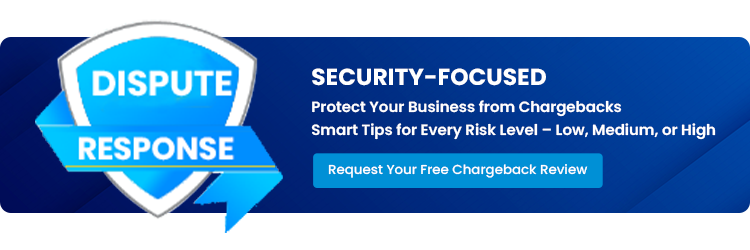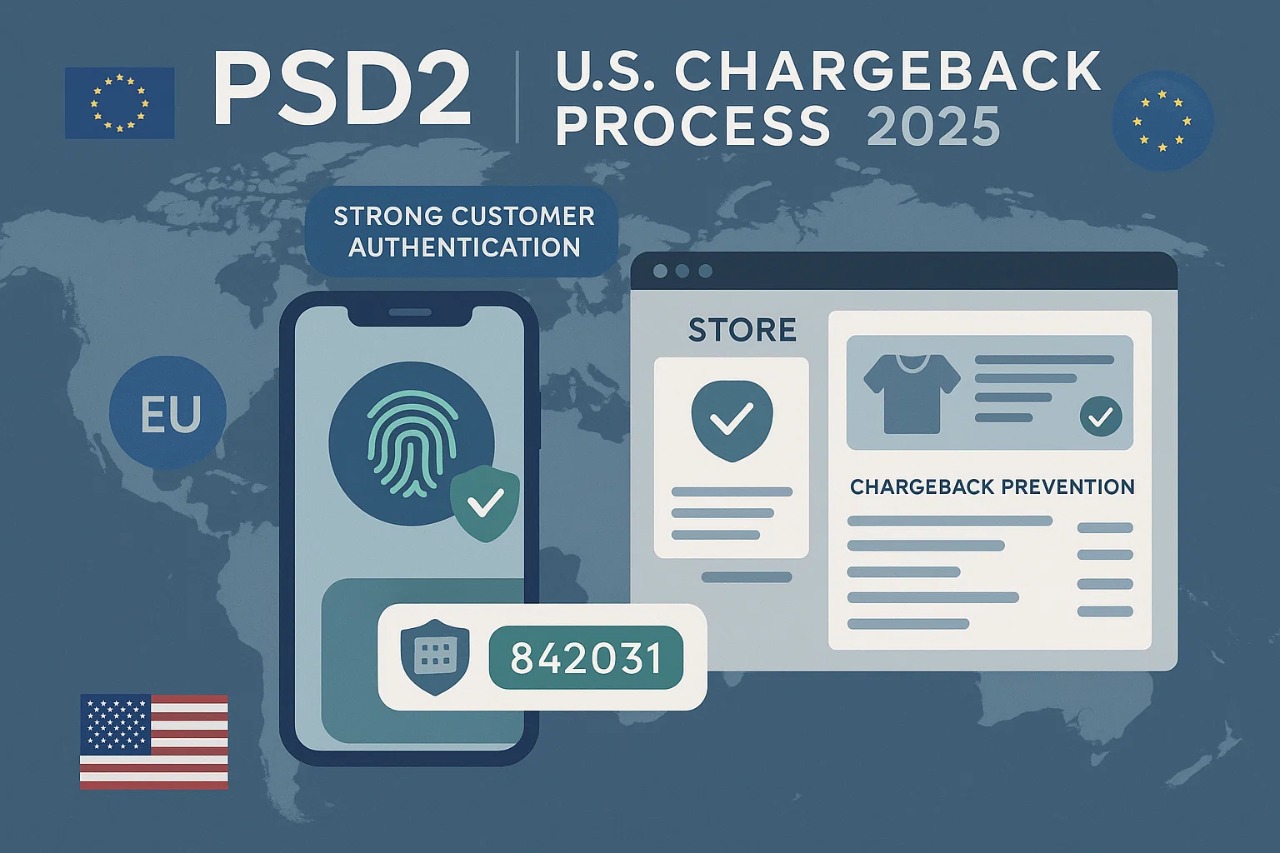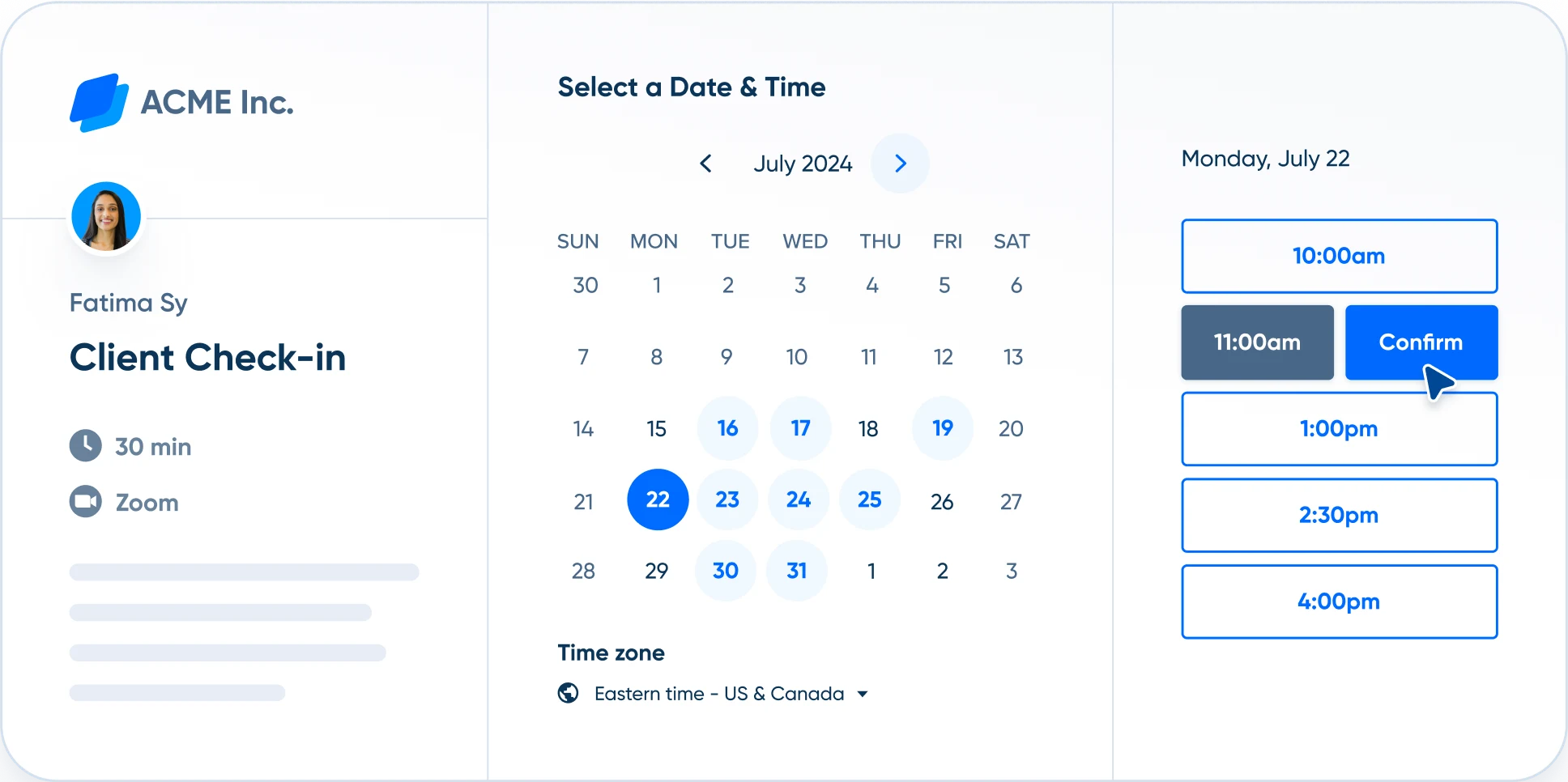Chargeback Management Services - Dispute Response Jul/ 13/ 2025 | 0
The European Union’s Payment Services Directive 2 (PSD2) may have been implemented across Europe, but its influence is being felt globally—including in the United States. In 2025, U.S. businesses involved in international transactions or digital commerce must understand how PSD2 indirectly impacts chargeback rates, fraud prevention, and compliance expectations.
What Is PSD2?
PSD2 is a European regulation that aims to make online payments more secure, increase competition, and give consumers greater control over their financial data. It introduced:
- Strong Customer Authentication (SCA)
- Open Banking Frameworks
- Tighter fraud controls
While PSD2 is not a U.S. law, it applies to any transactions involving EU banks, customers, or payment gateways.
Why U.S. Merchants Should Pay Attention in 2025
Even though it’s a European regulation, PSD2 affects U.S. merchants in several ways:
1. Cross-Border Transactions Are Now Stricter
U.S. businesses selling to EU customers or using EU payment processors must comply with SCA requirements. Failure to do so can result in declined payments and increased chargebacks.
2. Rising Consumer Expectations
Consumers worldwide are now familiar with two-factor authentication (2FA) and other enhanced security protocols. If your business lacks these features, your transactions may seem less trustworthy, leading to disputes or chargebacks.
3. More Scrutiny from Payment Processors
Payment processors are adopting PSD2-style verification protocols globally, regardless of geography. In 2025, U.S. merchants not meeting these enhanced authentication standards risk higher fraud classifications and chargeback ratios.
What Is Strong Customer Authentication (SCA)?
SCA requires that transactions be authenticated using two of the following three elements:
- Something the customer knows (password or PIN)
- Something the customer has (smartphone or hardware token)
- Something the customer is (fingerprint or face ID)
While optional for purely domestic U.S. transactions, this approach is increasingly becoming a best practice in 2025.
Benefits of Adopting PSD2-Inspired Practices
✅ Reduced Fraud
Stronger authentication reduces the likelihood of fraudulent transactions and chargebacks.
✅ Improved Approval Rates
Compliant merchants often see fewer declined transactions, especially from EU issuers.
✅ Customer Trust
Security-focused consumers prefer buying from platforms with layered authentication protocols.
Steps U.S. Merchants Should Take in 2025
To stay ahead, U.S. businesses should:
- ✅ Implement multi-factor authentication at checkout
- ✅ Use tokenization and secure payment gateways
- ✅ Stay informed on EU regulations and how they influence U.S. processors
- ✅ Partner with chargeback management services like Dispute Response
How Dispute Response Helps
At Dispute Response, we help U.S. merchants align their payment processes with global compliance standards like PSD2. From implementing secure payment technologies to managing chargebacks efficiently, we ensure your business is prepared for 2025 and beyond.

Email us anytime!
Email customer service 24/7

Call us anytime!
Reach customer care 24/7 at +1 (888) 927-5152
Final Thoughts
Even if you don’t directly transact with European customers, the ripple effects of PSD2 are reaching U.S. shores in 2025. By proactively strengthening your authentication protocols and aligning with global best practices, your business can minimize chargebacks, improve trust, and maintain a competitive edge.
Need help navigating chargebacks or securing your payments?
Contact Dispute Response for expert guidance and compliance support.


